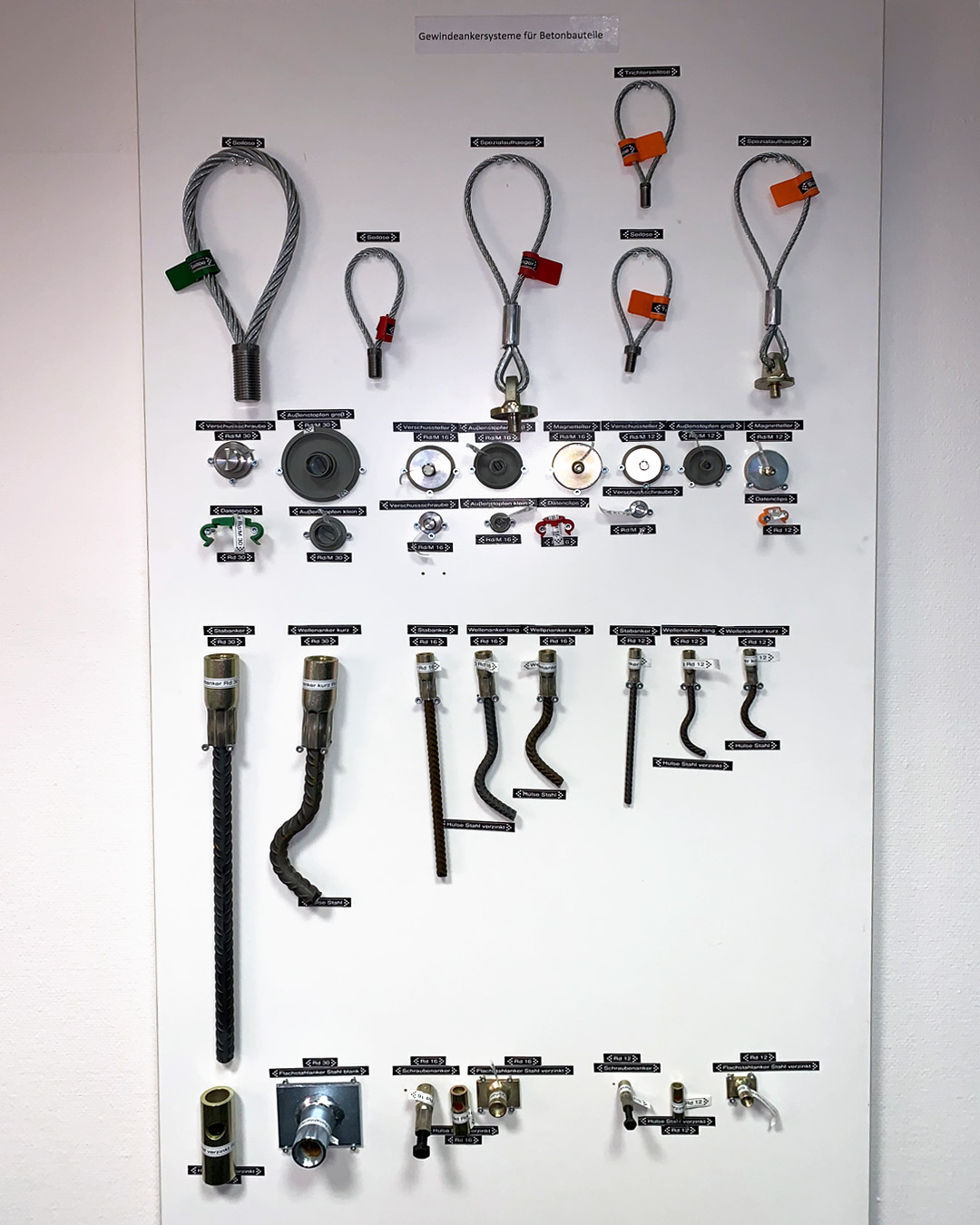#Concrete Aeditor #Technologies & Trends
Automation: The power of a holistic approach
No aspect was ignored or off limits when we took a holistic and results-driven approach to gearing 3D printing towards the most pressing problems of the construction industry with our Robotic Shotcrete Printing process. Because only by looking at the full picture, you can successfully use automation to unlock the full potential of precast concrete.

The industry trend of moving from site-cast to precast concrete is still going strong. The concept of prefabrication has been existing for more than a hundred years – Gustave Eiffel, for example, had his eponymous tower, which was to be only a temporary structure in Paris, assembled from prefabricated iron elements between 1887 and 1889. And at the beginning of the 20th century, new high-rise buildings made from large, prefabricated reinforced concrete slabs started to change the New York skyline. Then as now, prefabrication helps to achieve high quality, speed and safer working conditions. Adding today’s labour and skill shortages and environmental concerns to the mix, it is not surprising that prefabrication is one of the fastest growing segments of the AECO industry.
When we developed our Robotic Shotcrete Printing (RSP) technology and implemented it in the Concrete Aeditor, we identified a high level of automation as the shortest path towards meeting the challenges of the construction industry and adding value both in terms of economics and the environment. Practically speaking, this means we are enabling higher productivity and sustainability in the building sector, for better infrastructure and housing, for a more effective protection of the climate and for safer and cleaner jobs for concrete construction workers.
After careful analysis of the manufacturing process for precast concrete elements, we have optimized the following key aspects for maximum automation:
Formwork
Despite recent attempts to increase the reusability and service life of formwork, its use produces large amounts of waste, which account for a significant portion of the environmental impact of the current concrete casting process. In addition, formwork is costly, time-consuming and labour-intensive and does not lend itself to creating optimized component geometries.
Our RSP process is designed to work without formwork, yielding instant efficiency boosts especially for components families that are heavily reliant on formwork. But if required, it is possible to use robotically placed half-formworks to reduce the surface finishing work for a specific component geometry or requirement.
Geometries
The Concrete Aeditor robots can realize highly optimized component geometries, because they flexibly move the nozzle within the three-dimensional space, applying concrete only where it is structurally necessary. This results in less use of material and lower weight, which translates into less emission of CO2 during the element’s production and its transport to the construction site.
Batching and dosing
Since the RSP mixing process is fully digitized, the use of new material blends can be easily adjusted and closely monitored. In addition, sophisticated sensor technology ensures a high level of process reliability and provides useful data for quality assurance and lifecycle BIM, creating added value.
Reinforcements
To withstand tensile and other stress, the concrete used in construction typically needs to be reinforced. That’s why we made sure that, unlike many other 3D printing methods, our RSP technology allows the integration of reinforcements – and not just conventional steel reinforcements but also advanced textile or fibre reinforcements, which is where the industry is currently moving. A key characteristic of textile concrete is that it is not affected by corrosion and thus does not require a sizable concrete cover. This will allow the realization of new kinds of design elements that are lower-weight and with a slimmer appearance.
Built-in parts
The discussion of 3D printing technology for prefabricated concrete often focuses on the printing methods themselves – understandably so, because of their impact on application and performance. But a holistic approach like ours also looks at upstream, downstream and auxiliary processes such as the insertion of built-in parts. The Concrete Aeditor comes with a second industrial robot, which is responsible for all supporting activities. The robot is equipped with a flexible set of high-precision gripping and smoothing tools, which enables it to automatically insert built-in parts or position half-formwork as described above.
Conclusion
Taking a holistic approach has not only enabled us to develop the innovative RSP printing technology, but to implement it as a fully-fledged 3D printing solution that effectively automates all key aspects of the manufacturing process.
Get in touch to introduce RSP in your precast plant, too.
